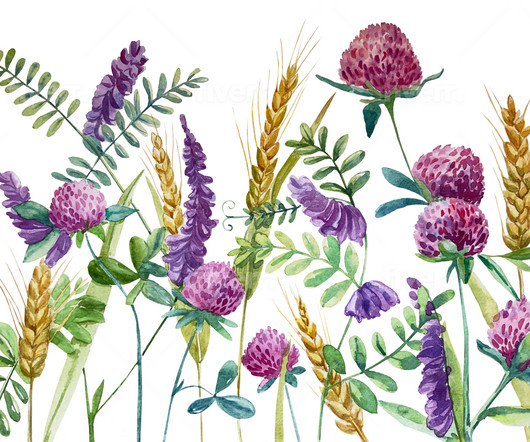The Dirt on Cover Crops
Modern Farmer
AUGUST 31, 2023
As with many eco initiatives, what was old is new again: Cover crops (or fallow season plantings; see more below) were first used during the Roman Empire as a way to boost the soil quality in vineyards. Cover cropping is a means of increasing soil fertility without chemicals. How do cover crops work?











Let's personalize your content